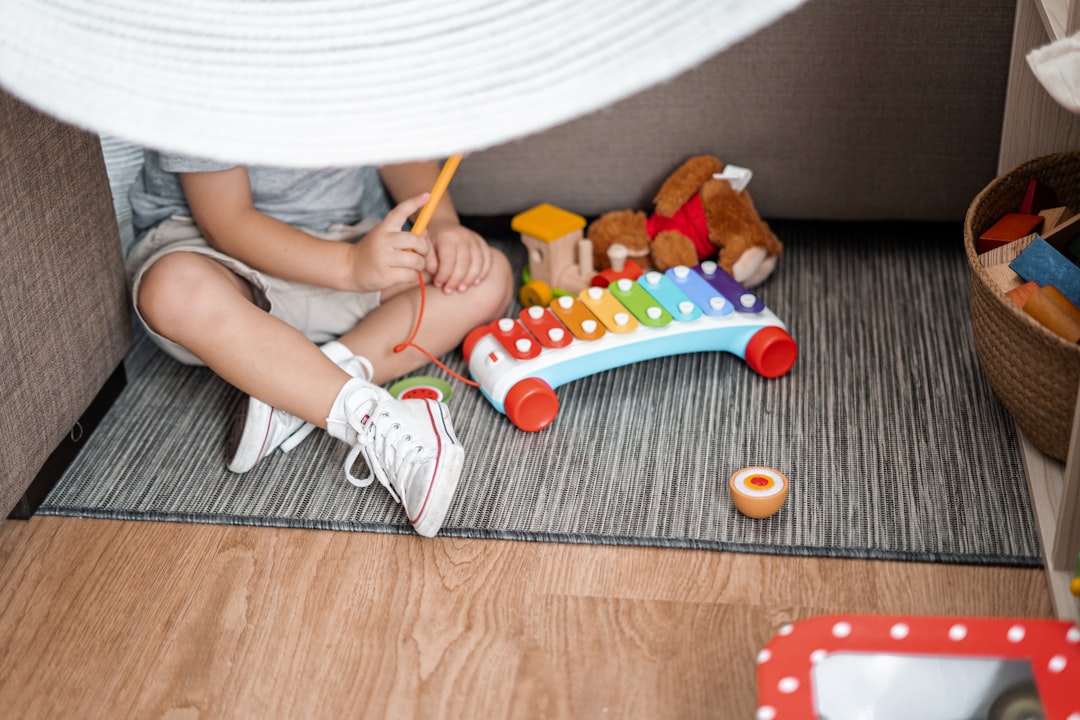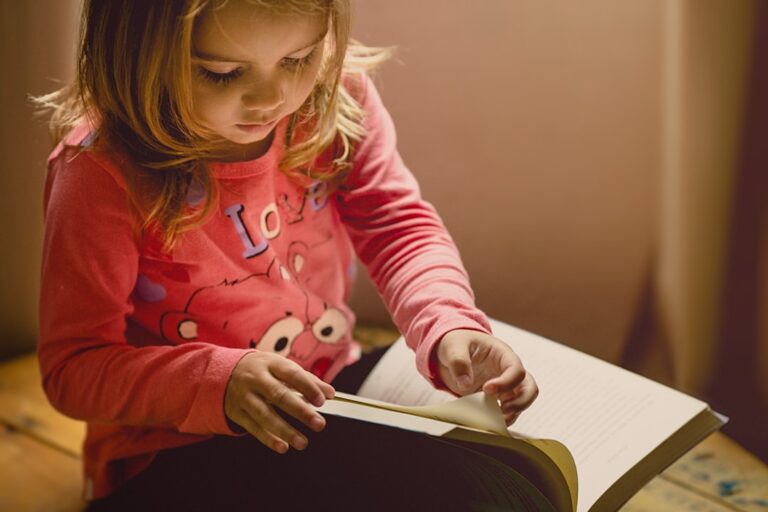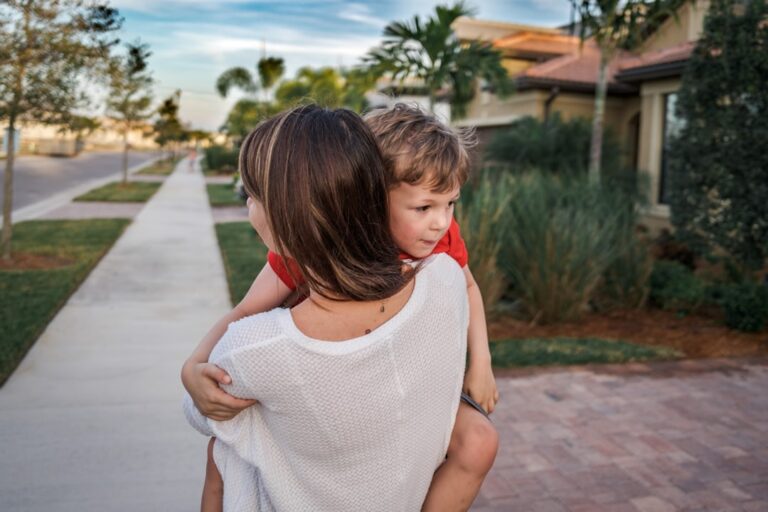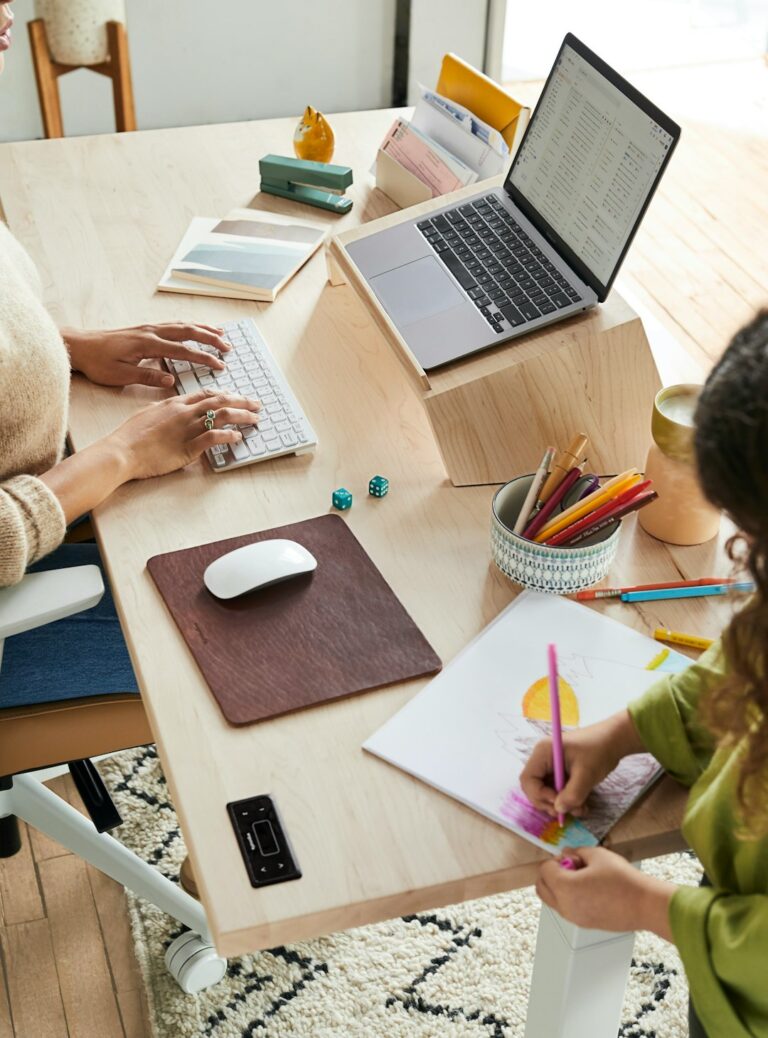Raising a toddler means discovery, joy, and—let’s face it—a constant race to prevent household mishaps. Many parents wonder: How do I truly toddler-proof my home? From kitchen burns to sharp corners, the modern home has hazards aplenty. The good news? With simple steps and some savvy strategies, you can create a safer environment for your curious little explorer.
Understanding Toddler Development and Home Risks
Toddlers are programmed to test the world. They grab, climb, chew, and wander—sometimes all at once! Understanding why your toddler seeks out new experiences (and, by extension, new hazards) will help you spot and mitigate risks effectively.
- Mobility: Walking and climbing open new possibilities, so expect them to reach higher and handle more objects.
- Curiosity: Buttons, outlets, and drawers are irresistible. Even dangers you may not notice will attract attention.
- Lack of judgment: Toddlers cannot recognize danger or understand cause and effect as adults do.
Bottom line: The best home safety plan anticipates exploration and mischief before it happens.
Room-by-Room Toddler Safety Checklist
Let’s break down your home into key areas and review proven tips to make each zone toddler-safe.
Living Room
- Shield sharp corners: Use cushioned guards on coffee tables and TV stands.
- Secure TVs and furniture: Anchor television screens and heavy furniture to the wall to prevent tipping.
- Remove small objects: Clear away coins, batteries, and small toys that present a choking hazard.
- Install window locks: Double-check that window latches are secure so your toddler cannot open them alone.
Kitchen
- Use stove knob covers: Prevent your toddler from turning on burners.
- Keep knives and scissors out of reach: Store all sharp implements in high, locked drawers.
- Store chemicals safely: Lock cabinets with cleaning products and always keep dishwasher pods secured.
- Manage cords and tablecloths: Tuck away appliance cords and skip tablecloths—toddlers may pull down hot drinks or heavy items.
Bathroom
- Install toilet locks: Prevent accidents and unsanitary play.
- Non-slip mats: Use in and around the tub to reduce falls.
- Set water heater below 120°F (49°C): This prevents accidental scalds when they turn on the tap.
Bedroom and Nursery
- Use safe sleep practices: Keep cribs free from pillows, toys, and heavy blankets.
- Anchor furniture: Dressers and bookshelves must be secured to the wall.
- Monitor cords: Shorten blind cords and keep any electronics far from curious hands.
Stairways and Entryways
- Install baby gates: Place safety gates at both the top and bottom of every staircase.
- Check floors: Remove loose rugs and keep floors clutter-free to prevent tripping.
Common First Aid Situations and How to Respond
Even with the strictest toddler-proofing, accidents can happen. Knowing basic first aid—and keeping your supplies ready—sets you up for quick and effective action. Here are some of the incidents parents most commonly face:
Choking
- Immediate response: If your child cannot cough, cry, or breathe, call emergency services, then give back blows and chest thrusts as directed in pediatric first aid courses.
- Prevention: Avoid foods like whole grapes, nuts, and popcorn; cut food into tiny pieces.
Minor Cuts and Scrapes
- Wash hands and the wound with soap and water.
- Stop bleeding with gentle pressure using a clean cloth.
- Cover with a sterile bandage; keep an eye out for infection.
Bumps and Head Injuries
- Apply a cold pack for swelling.
- Monitor for signs of concussion: repeated vomiting, drowsiness, or loss of consciousness should prompt urgent medical review.
Burns
- Run cool (not cold) water over the burn for 10 minutes.
- Do not apply creams or ice; cover loosely with a clean cloth.
- Seek medical help for burns larger than a coin, or to the face, hands, or genitals.
Poisoning
- If your child swallows a toxic substance, call Poison Control immediately. Don’t induce vomiting unless advised.
- Save hazardous products in original containers for fast identification.
Allergic Reactions
- Watch for hives, swelling, or trouble breathing.
- For severe symptoms, use an epinephrine auto-injector if prescribed and call emergency services.
Must-Have First Aid Supplies for Every Home
Being prepared is vital. Here are the essentials every parent should have on hand, ideally stored together in a high, easily accessible place (for adults):
- Adhesive bandages in assorted sizes
- Sterile gauze pads and adhesive tape
- Antibiotic ointment
- Digital thermometer
- Children’s acetaminophen (or ibuprofen, if age-appropriate)
- Tweezers and small scissors
- Non-latex gloves
- Saline solution and antiseptic wipes
- Cold pack
- Pediatric CPR instructions
- List of emergency contact numbers
Frequently Overlooked Hazards
Some dangers slip under the radar, especially for first-time parents. Here are hazard areas not to miss:
- Button batteries: These tiny but deadly items are found in remote controls, games, and hearing aids. Store them far from reach and know the dangers of swallowing them.
- Pet food and water: Toddlers may try to eat kibble or tip over water bowls, which can be choking hazards or cause slips.
- Purses and bags: Visitors’ handbags might contain medicines, coins, or cosmetics that are tempting and dangerous.
- Houseplants: Some common varieties are toxic if ingested.
- Front doors: Install high latches or childproof mechanisms to prevent toddlers from wandering outside.
Create a Family Safety Plan
A great safety strategy includes the whole family:
- Teach by example: Narrate safe choices (“We always wash hands before eating”) so toddlers learn by watching.
- Involve siblings: Encourage older children to keep small toys out of shared spaces and help model good safety behavior.
- Update your plan: As your child grows and learns new skills, reassess risks regularly and adapt your home accordingly.
When to Seek Medical Help
Always trust your instincts—if you feel something isn’t right, don’t hesitate to call your pediatrician. Situations that warrant immediate attention include:
- Difficulty breathing or swallowing
- Uncontrollable bleeding
- Loss of consciousness or unresponsiveness
- Large burns or deep cuts
- Possible poisoning
- Severe allergic reaction
Conclusion: Stay Ahead with Preparedness and Prevention
No environment is 100% accident-proof, but vigilance and preparation make all the difference for peace of mind. By toddler-proofing each room, preparing for first aid, and teaching your child about safety, you provide the security and freedom for curiosity to flourish. And remember—you’re not alone. Parenting is full of learning curves, but with mindful action and support, you’re building a haven where your toddler can safely grow and thrive.




